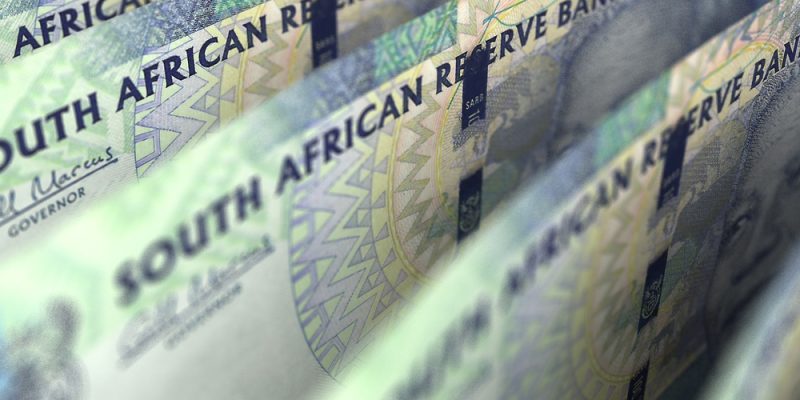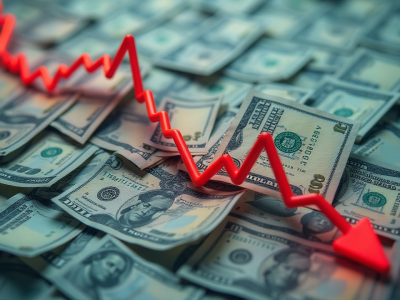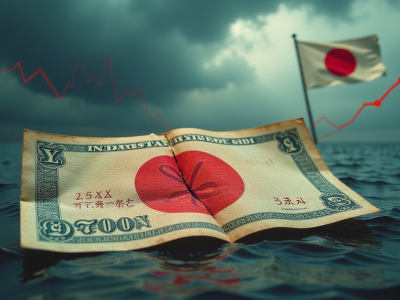
The currencies of the two biggest economies have diverged severely this year. The South African rand has surged while the Nigerian naira has plunged to a record low.
The USD/ZAR exchange rate crashed to 17.17 on Monday, its lowest point since July 2023 and 11% below the highest point this year. This price action makes the South African rand one of the best-performing currencies in this year.
The USD/NGN, on the other hand, has soared to 1,600 and is sitting near its all-time high. It has jumped by over 255% from its lowest point in 2023 and by over 340% in the last five years and this trend may continue.
The South African rand to Nigerian naira (USD/NGN), a highly illiquid pair, has also soared by almost 300% in the last five years and was trading at 88.28
South African stability
The main driver for the South African rand has been the recent election in which the ruling Africa National Congress (ANC) lost the majority for the first time in decades.
In the aftermath, the ANC reached a deal with Democratic Alliance, a party seen as being pro-business. It also meant that Jacob Zuma, the former president, did not return to power even after his strong showing in the election.
Therefore, the rand’s performance is a sign that investors are confident that the South African economy will turn around.
There are signs that Eskom, the country’s power company, is working to solve the crisis that has plagued the economy for years. Load shedding has been reduced and the company expects that the streak will continue for a while.
Eskom expects that its investments and staff morale will ensure that load shedding remains minimal in the next few years. For one, it hopes that 2,500 megawatts of power will come online by March, which will help to address the issue.
Eskom’s business has done well, helped by a 254 billion ZAR it received by the government in 2023 to help it address the crisis.
Meanwhile, the South African central bank has maintained interest rates at an elevated level, leading to more rand demand. It left interest rates unchanged at 8.25% in the last meeting.
Analysts believe that the central bank will start cutting later this year since inflation has fallen in the past few months. The headline Consumer Price Index (CPI) fell to 4.6% in July from 5.1% in the previous month.
High interest rates have pushed many South Africans to money market funds, which are offering rates as high as 8.70%, higher than the inflation rate. These funds have become more attractive now that Moody’s and S&P Global have boosted their ratings on the economy.
USD/ZAR technical analysis
The USD/ZAR exchange rate has retreated in the past few months. On the weekly chart, it has crossed the important support level at 18.10, its lowest point in January and the lower side of the descending triangle pattern.
The USD/ZAR pair has also moved below the 23.6% Fibonacci Retracement point and the 50-day moving average. Therefore, there is a likelihood that the pair will continue falling as sellers target the 50% retracement point at 16.65.
Nigerian naira crash continues
Meanwhile, the Nigerian naira has continued crashing this year even after the government and central bank interventions.
The central bank has continued hiking interest rates in a bid to make the rand more attractive to investors. It recently hiked interest rates by 50 basis points to 26.75% and analysts believe that it has more hiking to do.
Interest rate hikes help to lower inflation by reducing spending and by incentivising savings, now that people can get over 25% in annual returns.
The challenge, however, is that Nigeria’s official inflation rate stands at 33.40%, higher than the official cash rate of 26.75%. This means that money market fund investors are still losing money to inflation.
Additionally, interest rate hikes rarely work in a period of stagflation, where weak GDP growth is accompanied by high inflation rate. High rates make it difficult for companies and individuals to borrow money to invest. They also contribute to inflation since companies raise prices to cater for their interest payments.
Therefore, Nigeria is in a more difficult position, which explains why many youths have turned to the streets to protest.
USD/NGN technical analysis
On the weekly chart, we see that USD to NGN exchange rate sits at an important resistance point at 1,586, a few points below the year-to-date high of 1,612. It has remained above the 50-day Exponential Moving Average.
On the positive side, as I wrote recently, it has formed a double-top chart pattern, a popular bearish sign. This means that the Nigerian naira may strengthen in the coming months. However, a move above the double-top point at 1,612 will point to more weakness.
The post Nigerian naira (NGN) and South African rand (ZAR) have diverged appeared first on Invezz












